I have 10 variables and I want to plot them against each other in R. If I had fewer, I could just do
pairs(data)
But unfortunately, when I do this I get really tiny plots. I have looked at this question.
Change plot size of pairs plot in R
I don't think the OP is seeking the same thing. If I understand correctly, he wants to enlarge the plot so that, when he zooms in on it in the PDF the images are plotted with more room.
However, I need to write a report and I would like to do away with the 10x10 grid entirely (unless someone has a better idea). In pairwise comparisons grids, typically there is a giant grid, where each cell in the grid is a plot. But obviously for large number of variables, this is hard to view. For 10x10 this is too small. I would like a plotting method that allows me to automatically generate all the pairwise comparisons but then prints them out in a more reasonable format. So for 10 variables, perhaps a 25 x 4 grid so the plots can be easily viewed on multiple pages.
Is there an easy way to do this in ggplot2? If not, what alternatives exist?
Here's an example:
library(Matrix)
library(mvtnorm)
set.seed(42)
n <- 1000
sig <- matrix(rexp(100, rate=.1), ncol=10)
sig <- matrix(forceSymmetric(sig), ncol=10)
X <- rmvnorm(n, mean=rep(0,10), sigma=sig, method="svd")
pairs(X)

